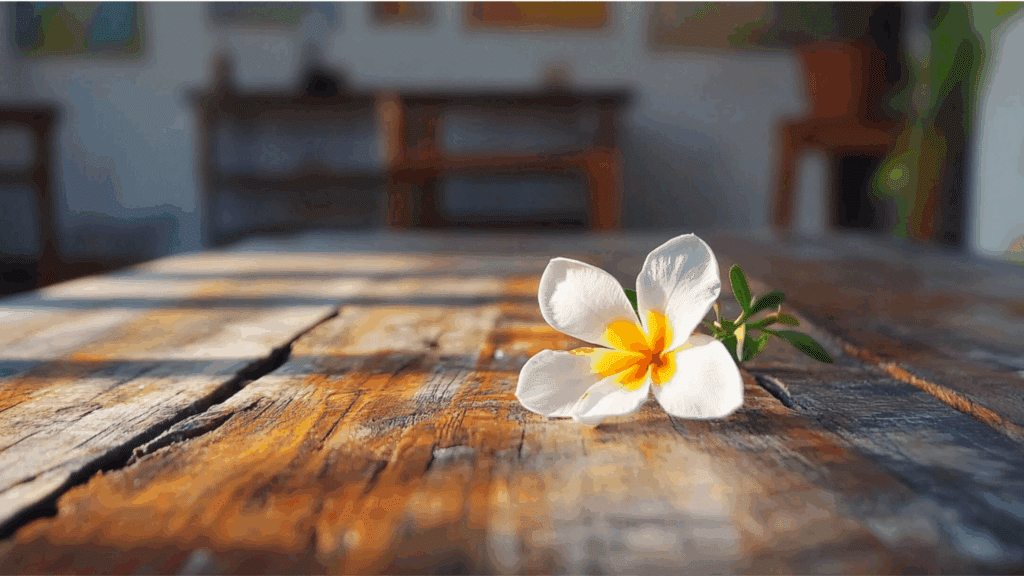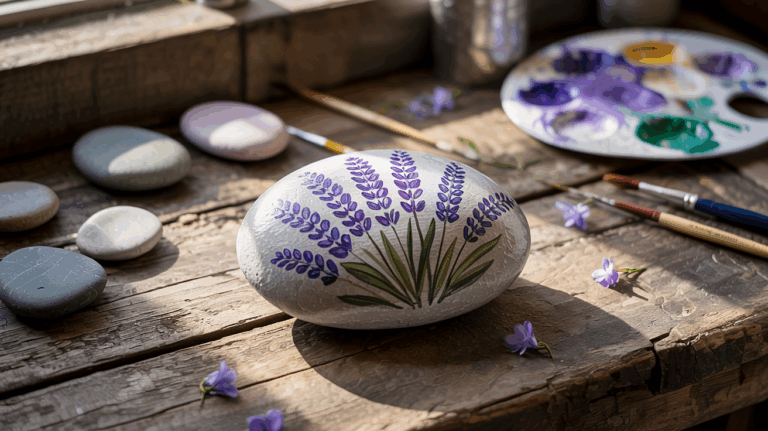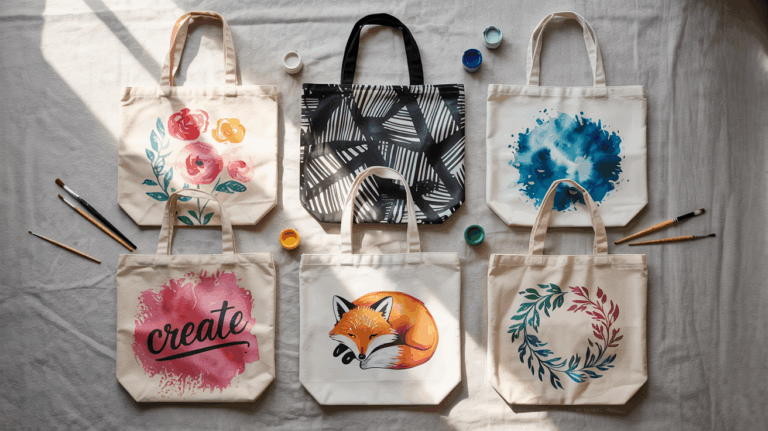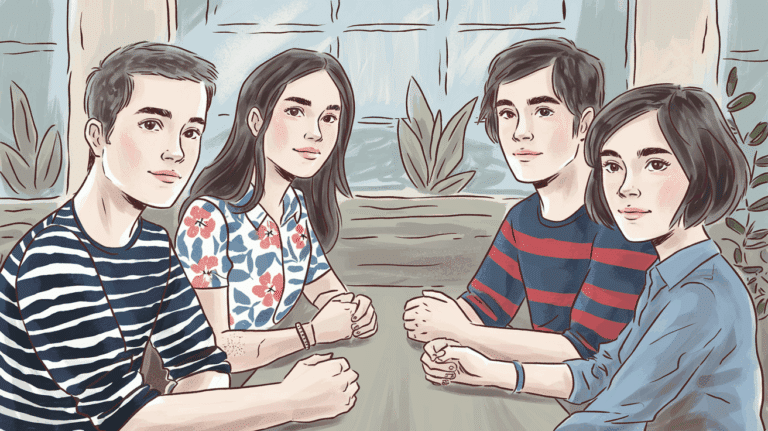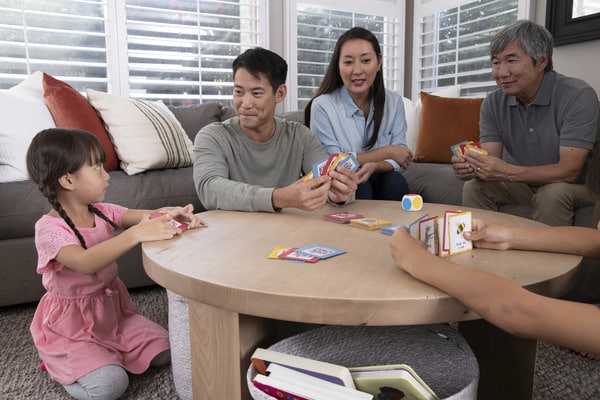Have you ever wanted to sketch those small, sweet-smelling jasmine flowers but didn’t know where to start? You’re not alone. Many people find drawing flowers hard at first, but with the right steps, you can create beautiful jasmine sketches even as a beginner.
Here is a demonstration of a straightforward method for drawing jasmine flowers that anyone can follow. You won’t need fancy tools or years of art training – just a pencil, paper, and a bit of patience.
By the end of this guide, you’ll have the skills to draw your jasmine flowers and maybe even add them to your other flowers and art projects.
How to Draw Jasmine Flowers Step by Step
Drawing jasmine flowers might seem hard at first, but with some basic steps, you can create these lovely blooms on paper.
1. Gather Your Drawing Supplies
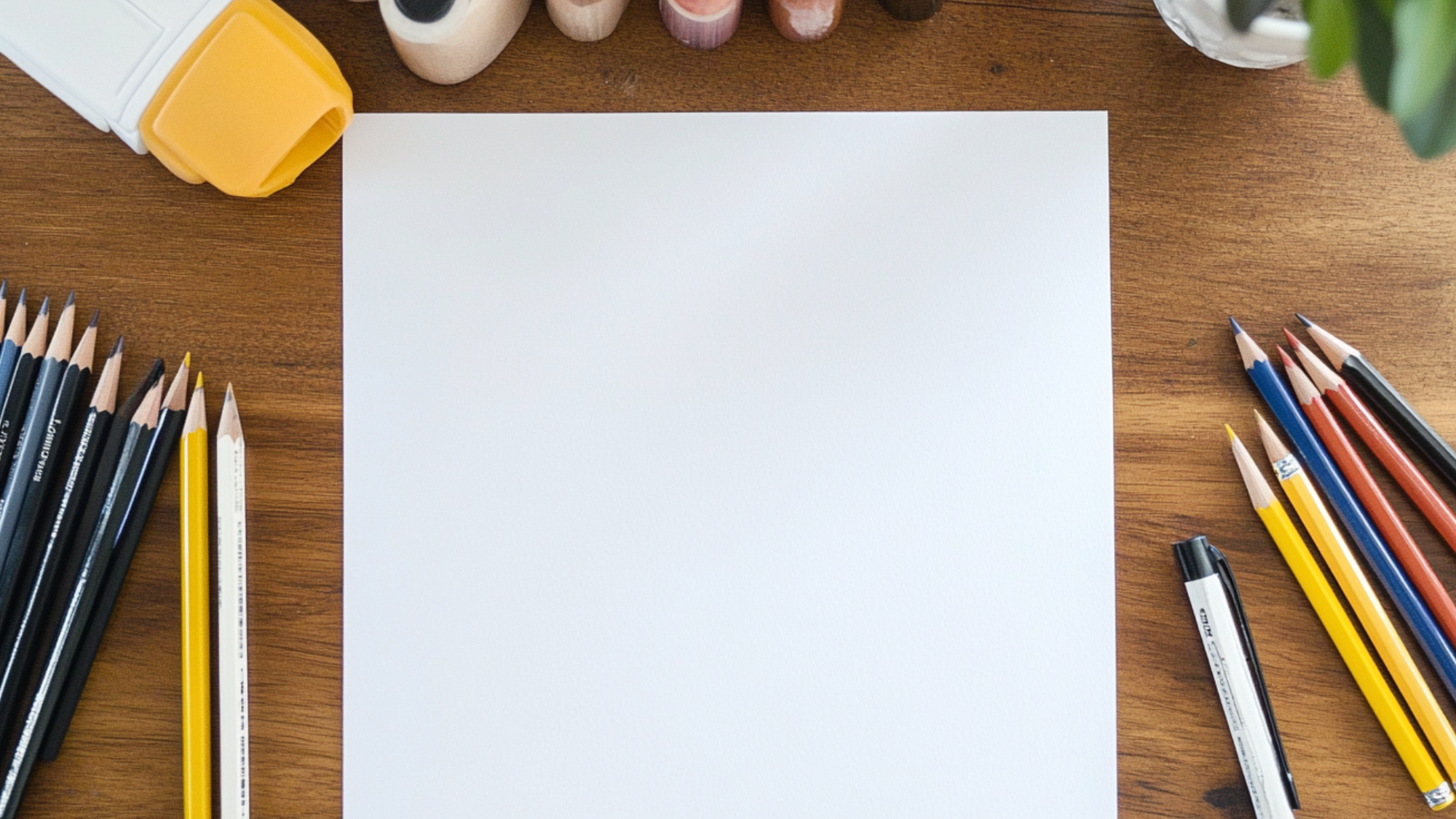
To start drawing jasmine flowers, you’ll need the following items :
- A pencil (HB or 2B works well)
- Paper (white drawing paper is best)
- An eraser
- Optional: fine-tip pens for outlining
- Optional: colored pencils or watercolors if you want to add color
2. Draw the Basic Shape of the Petals
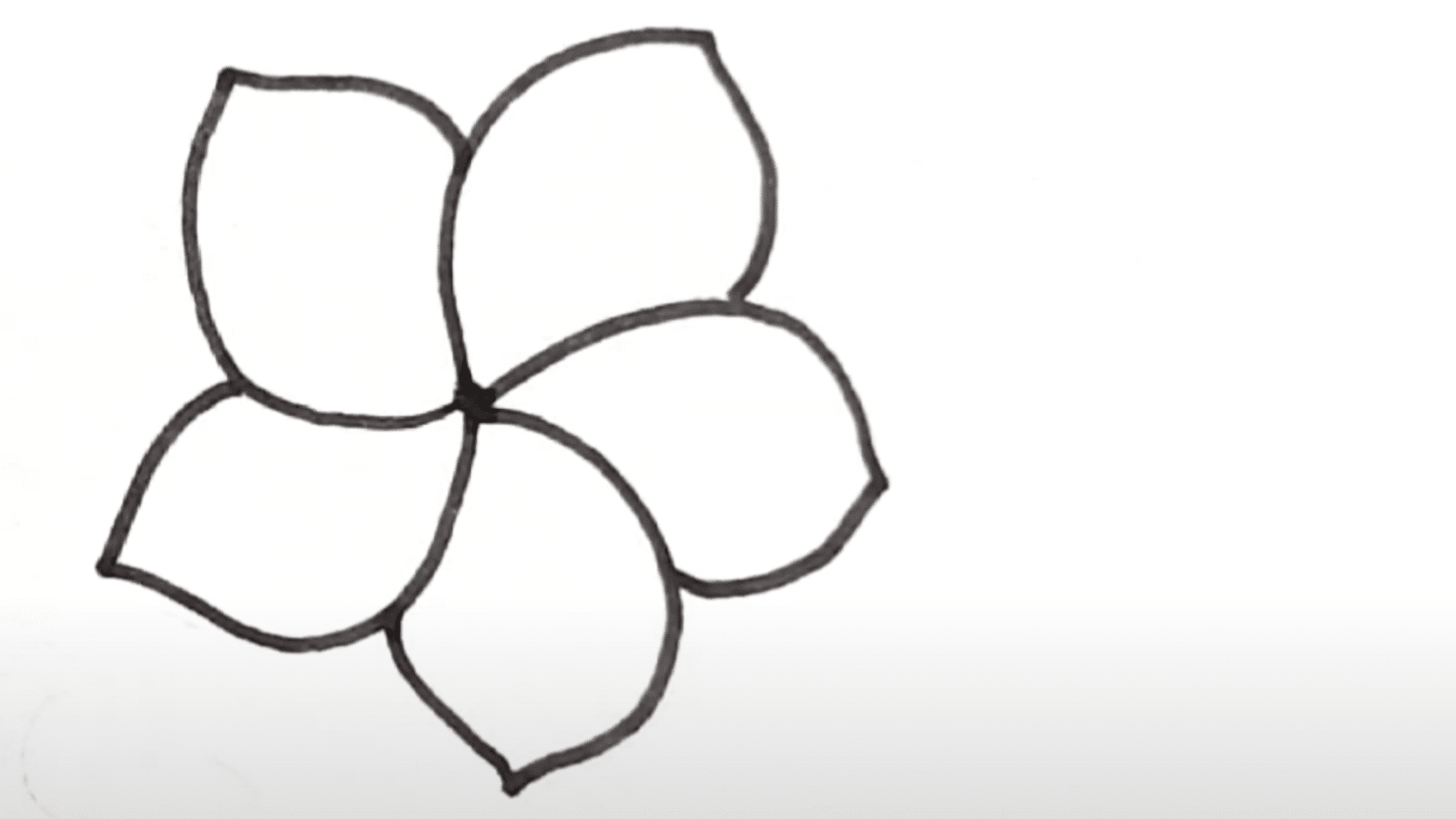
Start by sketching five overlapping petal shapes in the center. Each petal should have a slightly pointed tip, resembling an oval with a small curve at the base.
3. Add the Center of the Flower
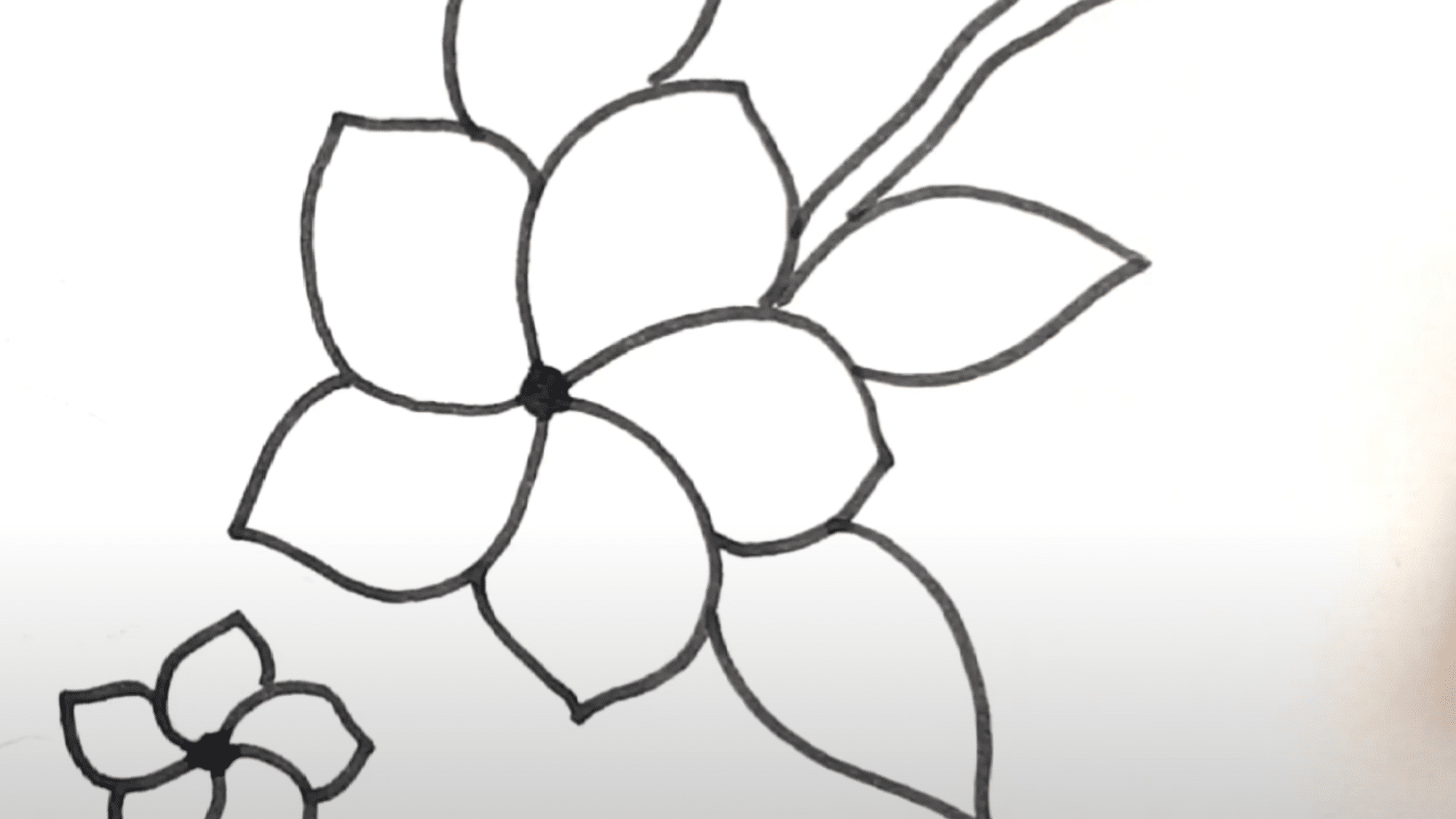
In the middle of the petals, draw a small circle or oval to represent the center of the jasmine flower. This will make the flower look more realistic and less like a drawing, helping you achieve the perfect representation of the jasmine flower.
4. Detail the Petals
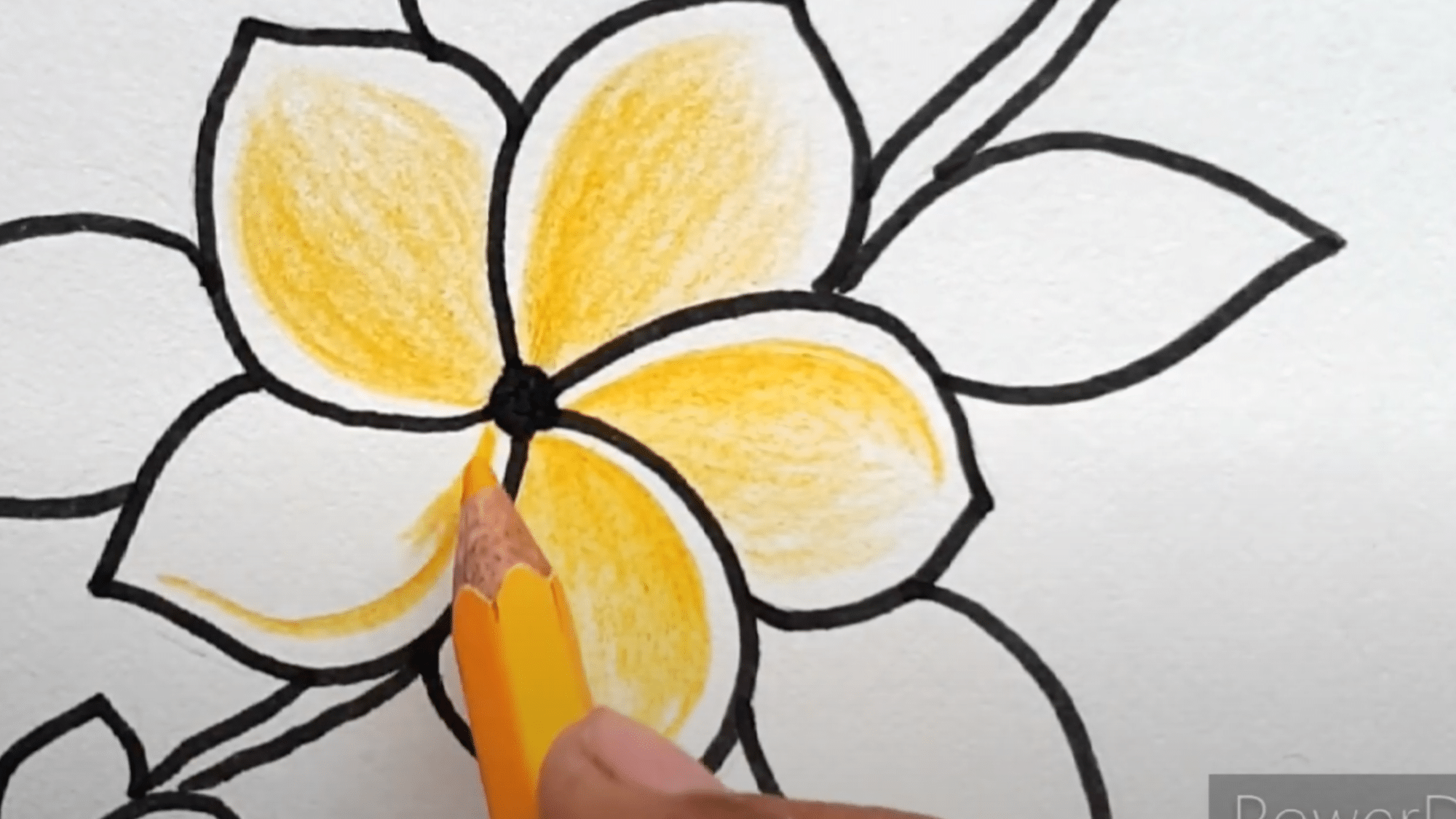
Add some texture or vein lines within each petal. Draw a thin line extending from the base of each petal to the tip to add depth and realism.
5. Add Leaves
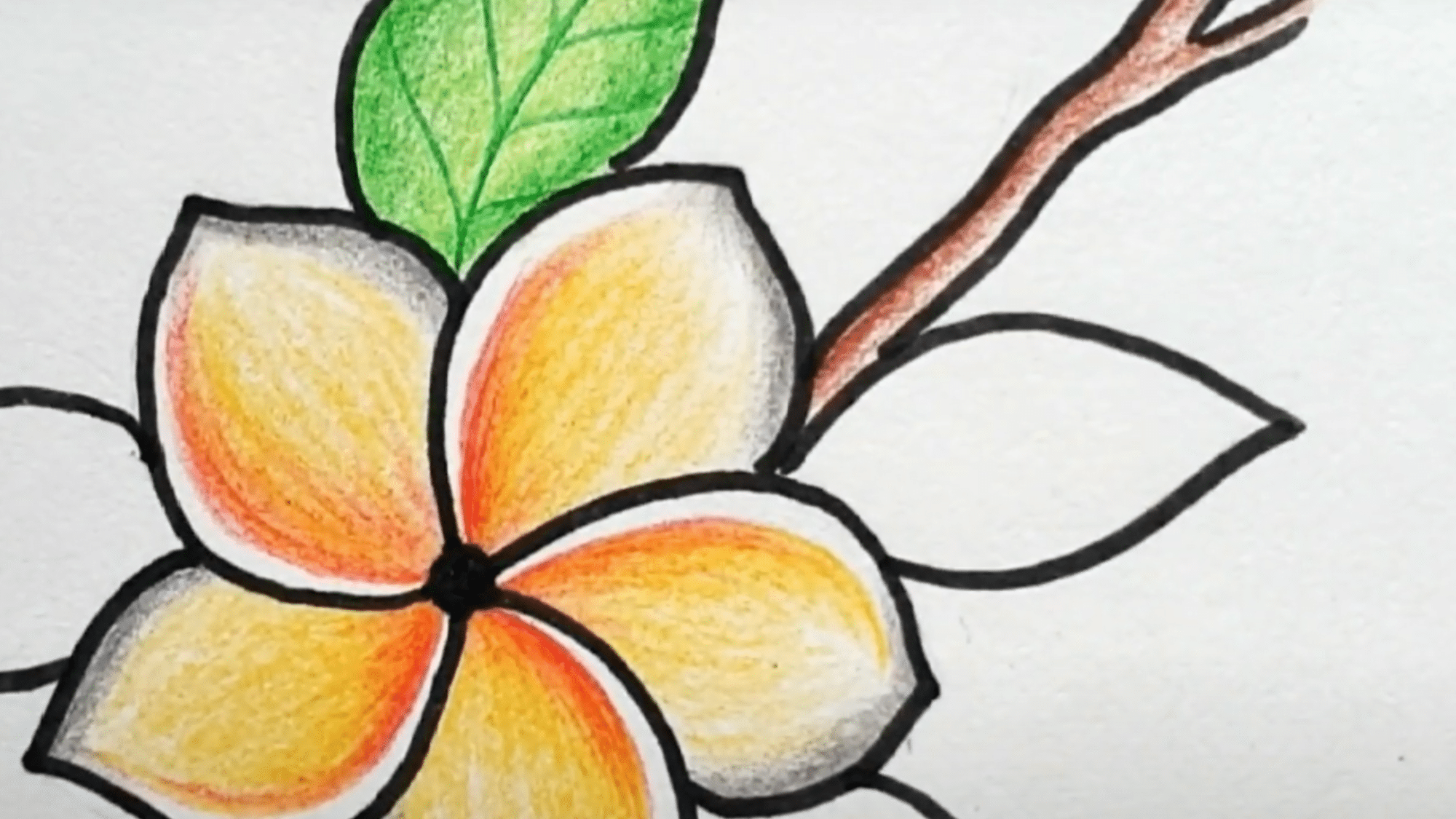
Draw leaves along the stem, starting from just below the flower. Jasmine leaves are usually pointed at the tips, with a few gentle curves along the edges. Add lines inside each leaf to represent veins.
6. Refine and Add Details
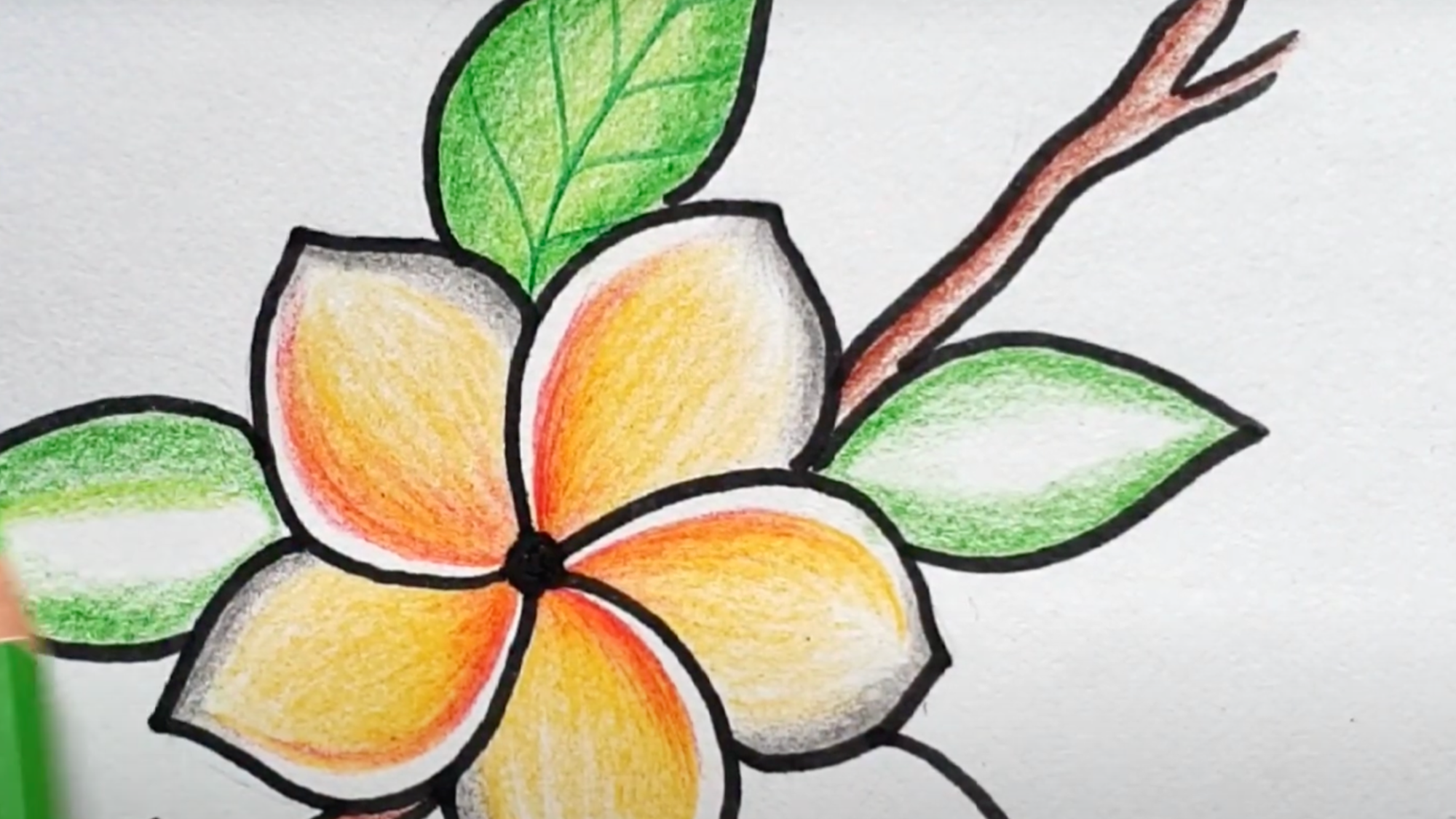
Review your flower and stem lines, darkening and refining the shapes as needed. Add a few more veins to the leaves for added detail. The flower would look more real and nature after this step.
7. Color the Flower

For a traditional jasmine flower, color the petals white or off-white. Use a yellow or soft orange in the center of the flower. The leaves can be green, and the stems can be brown or green.
Tips to Make Jasmine Flowers Look Lifelike
- Add Subtle Curves to Petals instead of drawing petals as flat shapes: give each petal a slight curve or bend. Add small curves that follow the natural growth pattern of real jasmine petals – they rarely lie completely flat.
- Vary the Light and Shadows: Real flowers catch light differently across their surface. Make some parts of your petals lighter and others darker. Put shadows where petals overlap and add highlights to the tips and ridges that would catch the most light.
- Include Tiny Imperfections: Perfect flowers look fake. Add small nicks, slight asymmetry, or tiny spots to your jasmine.
- Show Different Growth Stages: Include flowers at various stages, including fully open, partially open, and bud stages. This makes your drawing look like a snapshot of a living plant.
- Draw Thin, Non-Straight Stems: Real plant stems have subtle bends and curves. Draw stems with slight wiggles rather than perfect straight lines.
- Real jasmine petals have thickness; they’re not paper-thin. Demonstrate this by adding a slight dimension where the petals end or fold.
Common Mistakes While Drawing Jasmine Flowers
When learning how to draw jasmine flowers, many beginners encounter similar challenges. Here are seven common mistakes to avoid in your jasmine drawings:
1. Making All Petals the Same Size
One of the biggest slip-ups is drawing every petal the same. Real jasmine flowers have slight differences between petals – some may be a bit wider or longer than others.
2. Placing Flowers Too Evenly
Nature loves patterns but hates perfect spacing. Many beginners place jasmine flowers at equal distances in their drawings. This creates an artificial look. Instead, group some flowers close together and leave space between others.
3. Drawing Stems Too Thick
Jasmine stems are notably thin and flexible. A common error is making the stems too thick, which makes the whole drawing look heavy.
Keep your stem lines light and thin – about half the width you might initially think looks right. This helps capture the plant’s delicate nature.
4. Forgetting About Flower Buds
A jasmine plant isn’t just open flowers – it also has buds in various stages of opening. Many artists forget to include these buds, which takes away from the realism.
Like with petals, beginners often draw all leaves identically. Real jasmine leaves vary in size, angle, and sometimes even shape. Some may be slightly curled, while others lie flat.
6. Poor Overlapping
Many new artists draw jasmine as if each flower and leaf existed on its plane, with no parts overlapping one another. In reality, petals overlap each other, flowers overlap leaves, and stems cross behind and in front of different elements.
7. Rushing the Shading
The final common mistake is basic or missing shading. Without proper shadows, jasmine drawings look flat and two-dimensional. Even simple shading can dramatically enhance the appearance of your jasmine drawing.
8. Not Showing Depth In The Drawing
Flat jasmine drawings are a common issue. Without showing some flowers in front of or behind others, your drawing lacks depth.
Fix this by having some stems cross over others, showing partial flowers behind leaves, and adding light shading where elements overlap.
9. Adding Too Many Details
Some beginners try to include every tiny detail they see in a jasmine flower.
This often leads to cluttered drawings. Focus on the main shapes first and add only the most important information. Less is more when drawing these simple flowers.
Conclusion
Drawing jasmine flowers takes practice, but with these simple steps, you can create beautiful results. We began with basic shapes and gradually built up to create lifelike flowers with stems and leaves.
Keep in mind that jasmine has subtle variations in petal size and shape. These little differences actually make your drawings look more natural, not less skilled.
Try drawing jasmine a few times this week. You’ll be surprised how quickly you improve with each attempt.
Once you’re comfortable with the basics, experiment with drawing jasmine clusters or adding color to bring your flowers to life.

